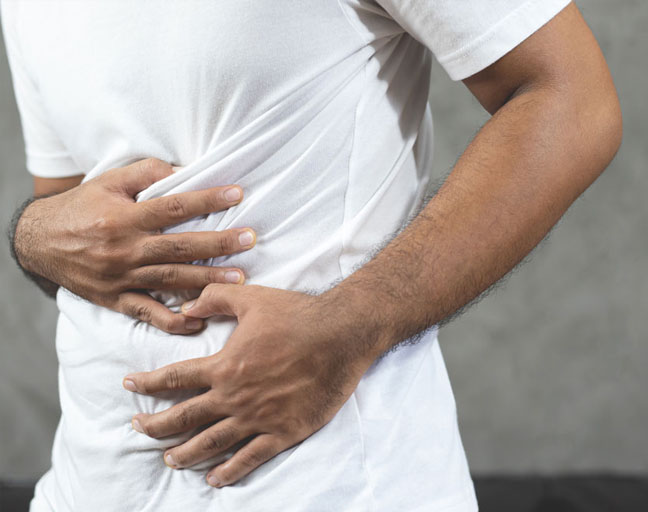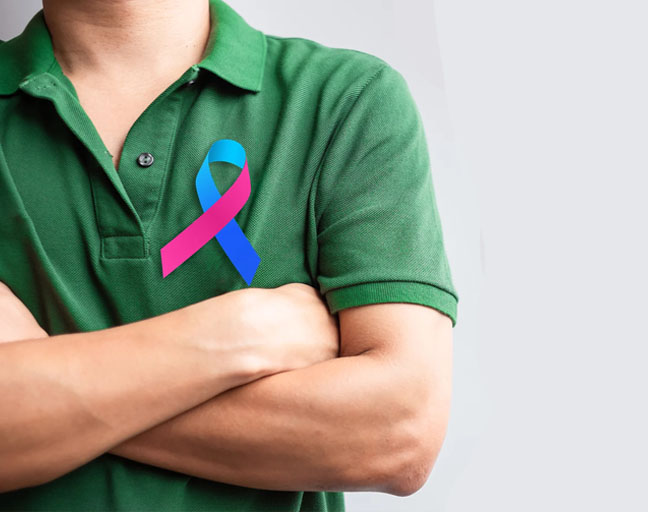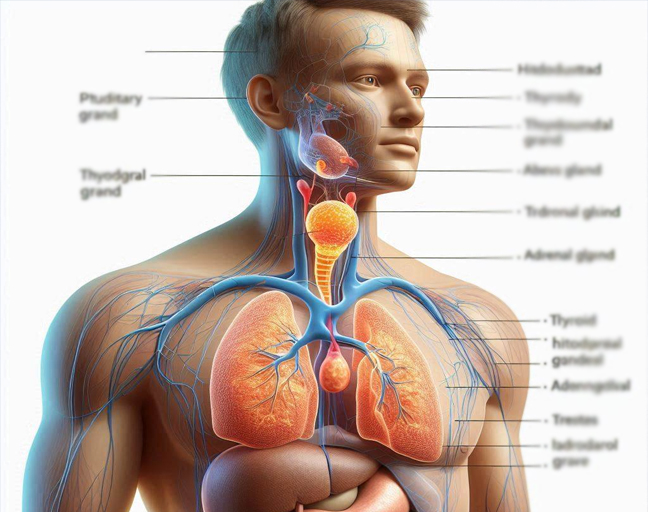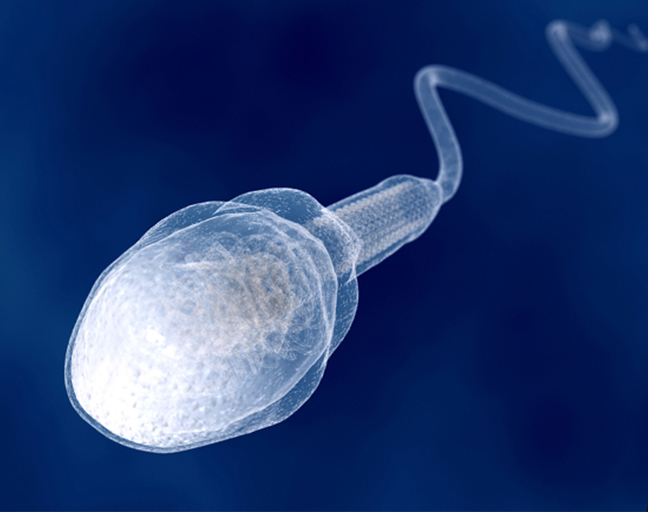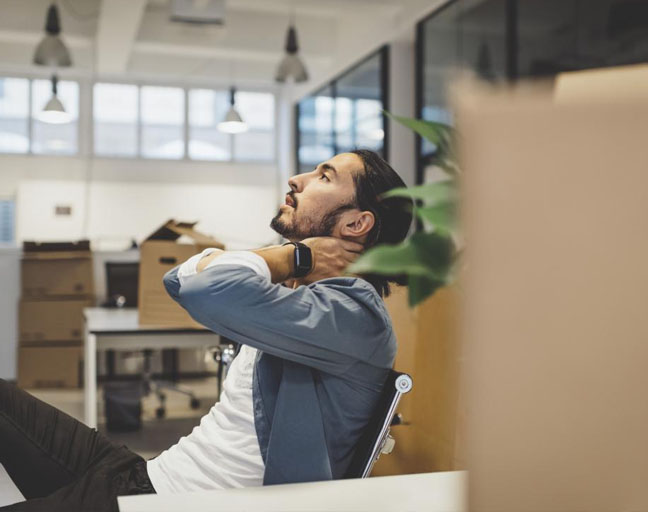Lower abdominal pain in men can be a real concern, and the causes behind it can vary quite a bit compared to women. Often, the pain stems from issues like chronic diseases, urinary tract infections, or digestive disorders. Interestingly, studies show that nearly every man experiences this type of pain at some point, though many never seek proper treatment. Instead, they might rely on herbal remedies that temporarily mask the discomfort, but don’t get to the root cause. If you’re feeling sharp pain in areas like your groin, pelvis, or lower abdomen, it’s definitely time to consult a doctor.
Potential Causes of Lower Abdominal Pain in Men
- Constipation Constipation puts a lot of strain on your abdominal muscles, which leads to pain. When you’re constipated, your muscles are under pressure, and this can make the pain feel worse.
- Appendicitis Appendicitis usually affects men between 11 and 40 years old. It starts as dull pain near your belly button and then becomes sharper as it shifts to the lower right side of your abdomen. Additional signs include nausea, vomiting, fever, and loss of appetite. If it’s suspected, the appendix will need to be removed before it bursts and causes more severe complications.
- Hernia Hernias occur when a piece of soft tissue pushes through the wall of the abdomen, leading to pain, usually on the right side. The pain might also spread to the groin or upper thigh area.
- Testicular Torsion This happens when a testicle twists in its scrotum, cutting off blood flow. Along with lower abdominal pain, men may experience nausea, vomiting, and testicular discomfort. The pain often starts off as sporadic but becomes constant as the condition worsens.
- Ulcerative Colitis This condition causes inflammation in the large bowel, leading to pain, especially on the lower right side of the abdomen. It’s also accompanied by bloody stools, weight loss, and a feeling of urgency when needing to use the bathroom, but you might struggle to go.
- Kidney Stones Kidney stones form when concentrated urine passes through the kidneys. The pain from kidney stones can be intense and comes in waves, typically affecting your side, back, and sometimes your lower abdomen. It might also spread to your groin area. Additional symptoms include pain while urinating and a frequent urge to go. Immediate treatment is necessary to avoid complications like kidney infections.
- Food Poisoning If food becomes contaminated with harmful bacteria or parasites, you could experience food poisoning. In addition to abdominal pain, symptoms like nausea, vomiting, and diarrhea often follow. Fortunately, the pain usually resolves in about 48 hours.
- Irritable Bowel Syndrome (IBS) IBS causes sporadic cramping and discomfort in the digestive tract, often resulting in constipation, diarrhea, or mucus-like stools. Stress can make IBS symptoms worse, and it can lead to chronic pain. Proper diet management and lifestyle adjustments can help keep things in check.
- Diverticulitis This occurs when small pouches (diverticula) in the colon become inflamed. The pain is usually felt on the left side of the abdomen and is accompanied by bloating, nausea, fever, and changes in bowel movements, including constipation and diarrhea.
- Crohn’s Disease Crohn’s Disease causes inflammation along the digestive tract and can result in severe symptoms like diarrhea and malnutrition. It often leads to swelling in the lower right abdomen, which can feel like a small grapefruit under your skin, tender to the touch.
- Diabetic Ketoacidosis (DKA) This complication of diabetes happens when your body produces high levels of ketones, leading to abdominal pain, nausea, and other symptoms like extreme thirst, frequent urination, fatigue, and shortness of breath.
- Cystitis Cystitis is a bladder infection that causes pain in the lower abdomen, especially during urination. You might also notice cloudy, smelly, or bloody urine, along with a frequent urge to urinate.
When Should You See a Doctor?
If your lower abdominal pain is severe, recurrent, or paired with other alarming symptoms like vomiting, fever, or blood in your stool or urine, it’s time to see a doctor. Other red flags include difficulty breathing, shortness of breath, or pain that doesn’t subside after a few days.
Treatment for Lower Abdominal Pain
The treatment for lower abdominal pain depends on its underlying cause. For bacterial infections like cystitis, antibiotics are typically prescribed. Conditions like kidney stones or appendicitis may require surgery to resolve. Additionally, you can make a few lifestyle adjustments to ease the pain while awaiting treatment:
- Stay hydrated to help your body function smoothly.
- Sip on lime and ginger juice after meals, or add mint to your water to alleviate nausea.
- If solid foods are hard to keep down, try eating light or soft foods.
- Use a heating pad to reduce abdominal pain.
- Avoid high-fat foods, citrus, or acidic foods like tomatoes, coffee, and carbonated drinks, as these can aggravate digestive issues.
- Over-the-counter antacids can also help with gas, indigestion, or heartburn-related pain.
While these home remedies might help manage discomfort, don’t skip the doctor if your pain is severe, persistent, or accompanied by other worrying symptoms.

